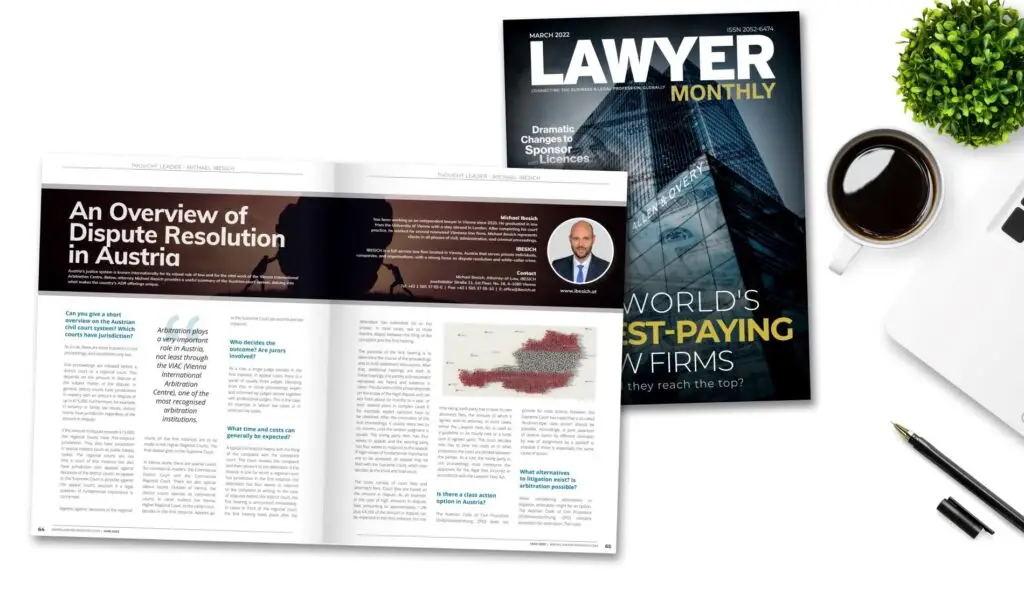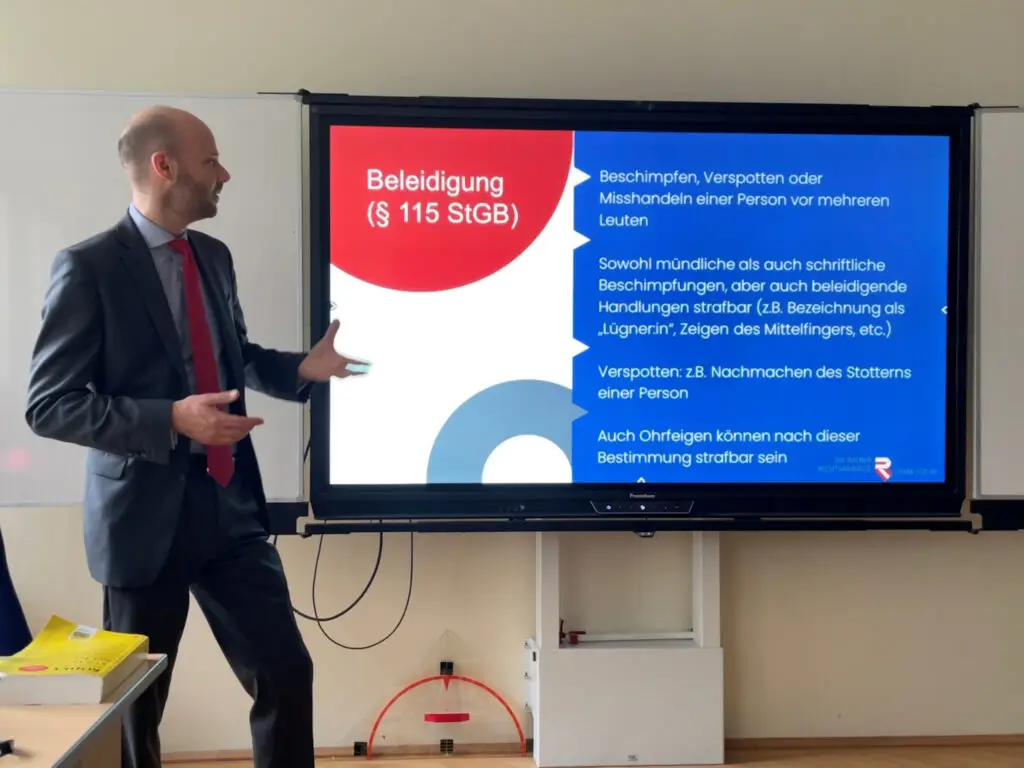The 4-pillar model is essentially a limitation of the autonomy of the person concerned. This autonomy is most pronounced in the case of the advance power of attorney and gradually reduced all the way to judicial adult representation.
However, unlike the previous guardianship, where the person lost their legal capacity in the area covered by guardianship, legal capacity is not automatically lost entirely at the various levels of the pillar model. Thus, the affected person can generally engage in legal transactions despite the existence of a representation authority, provided they are sufficiently capable of making decisions. In particular, legal transactions of daily life can be concluded, which do not exceed the living conditions (e.g., purchase of clothing, minor repair work).
If a legal act is carried out despite the lack of required decision-making capacity, it is generally invalid, although subsequent approval by the representative is possible.
In the case of judicial adult representation, a limitation of legal capacity is also possible (reservation of approval).







